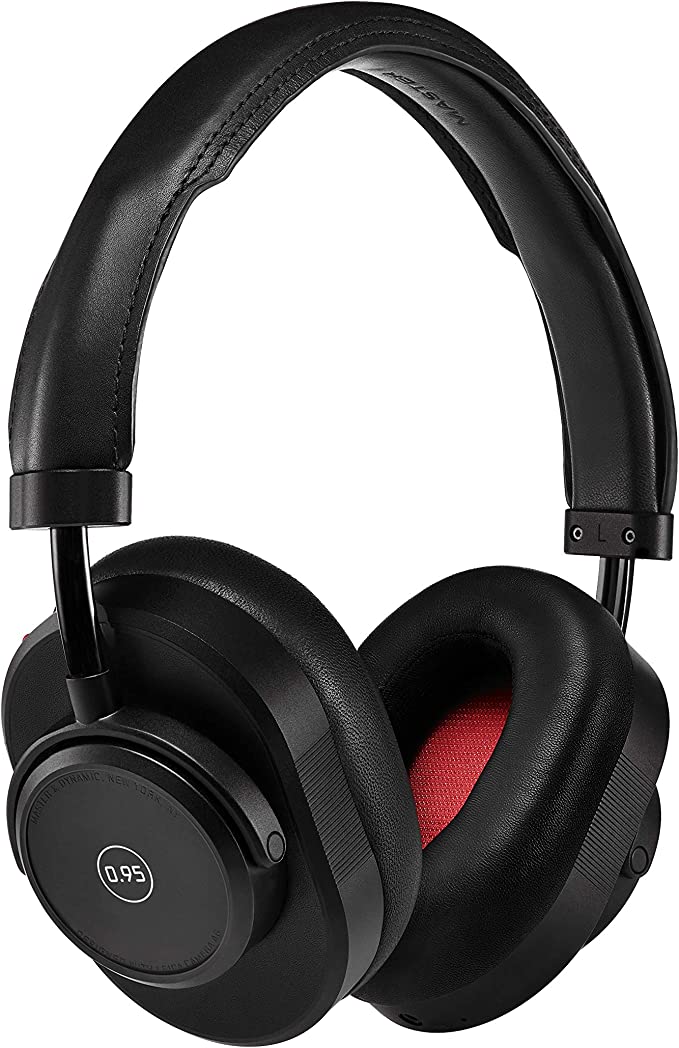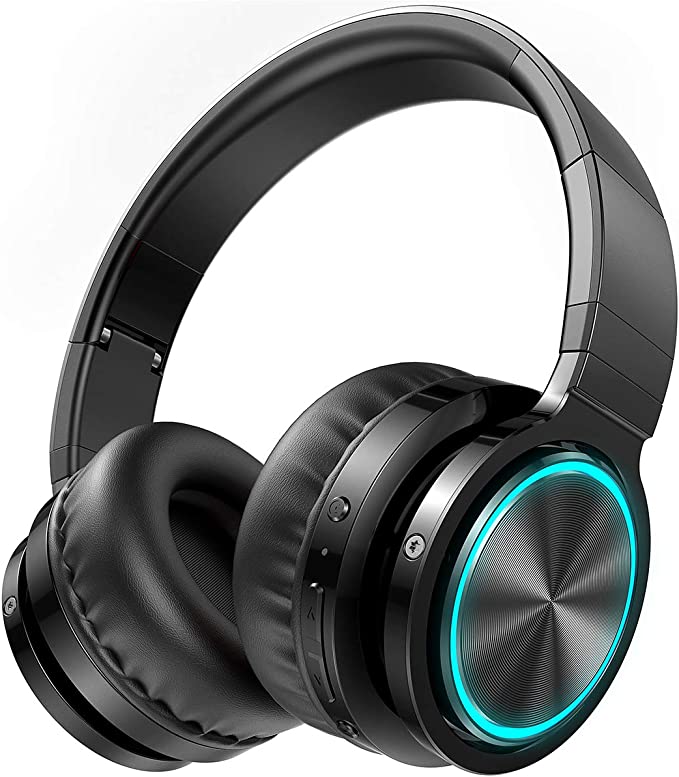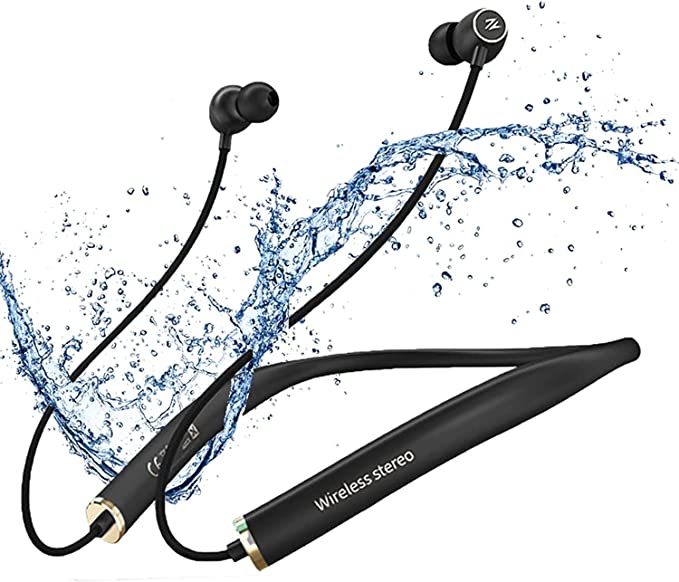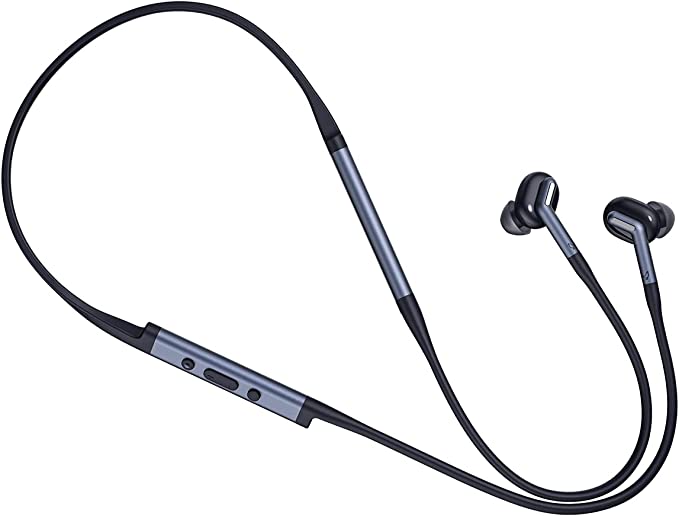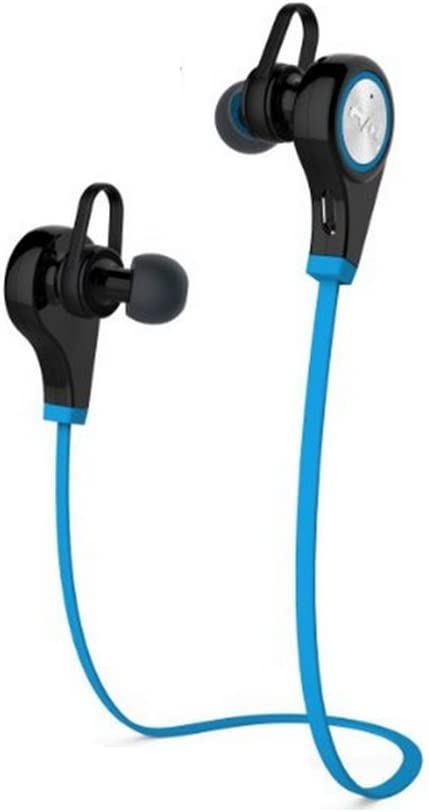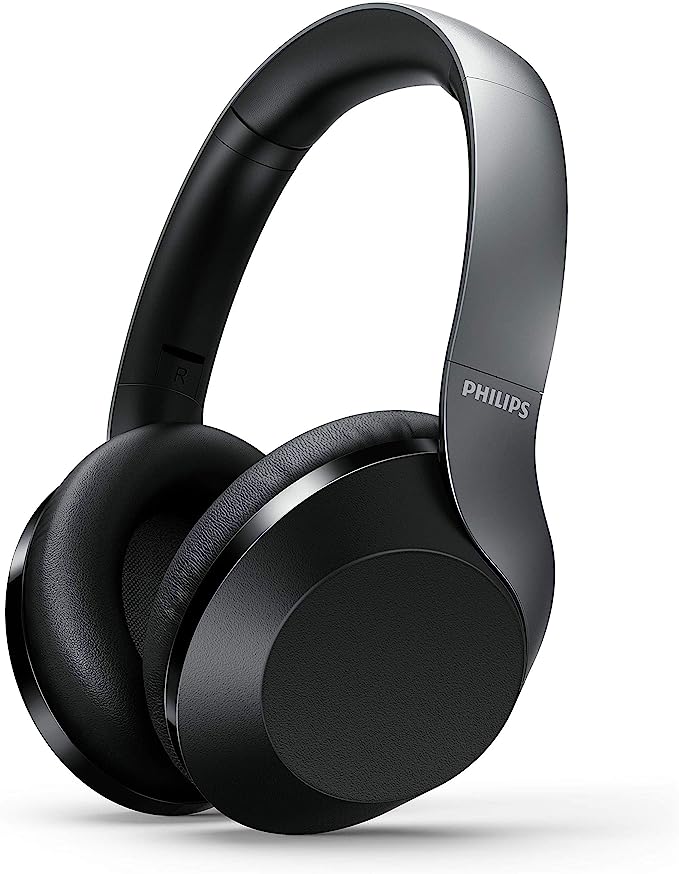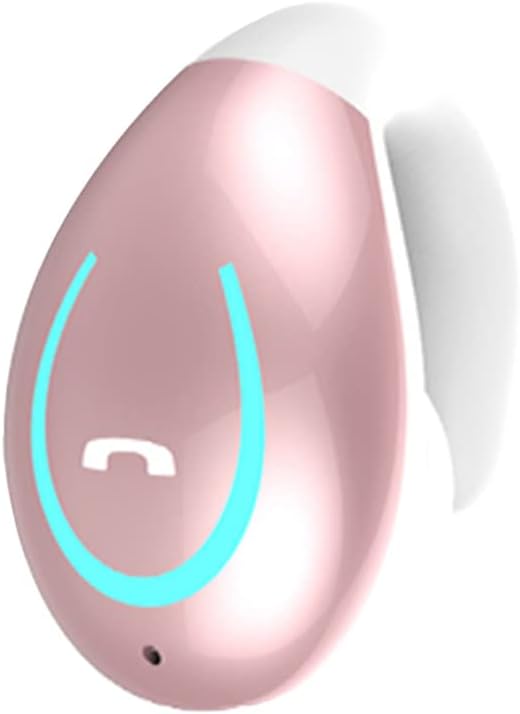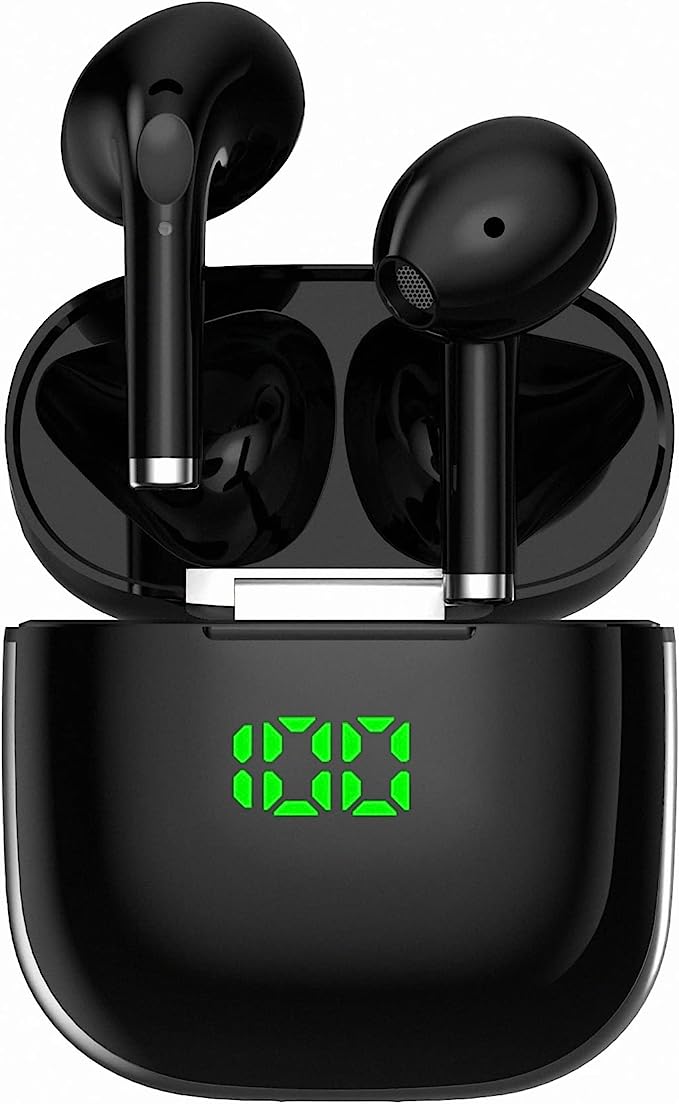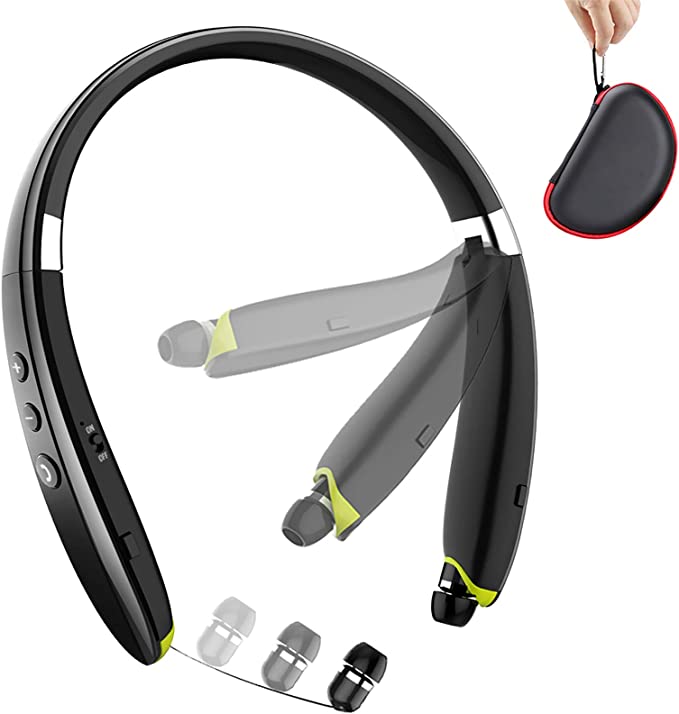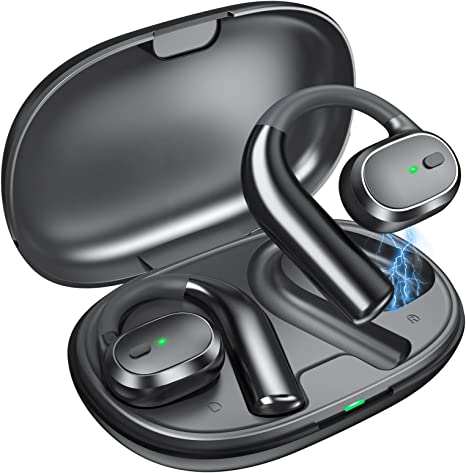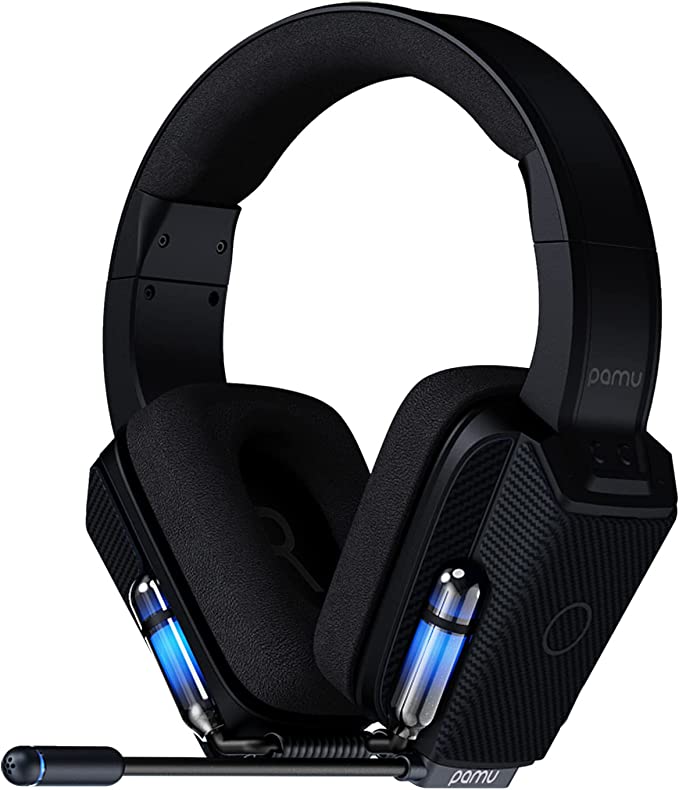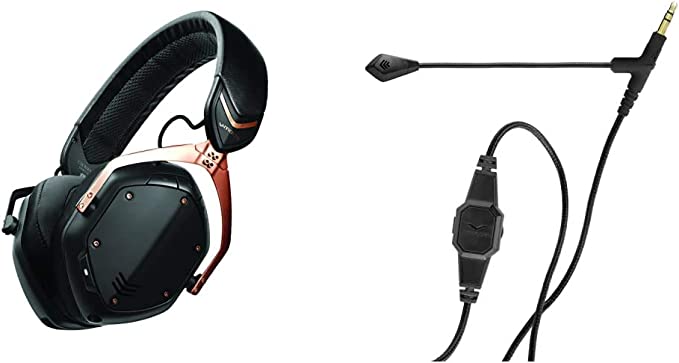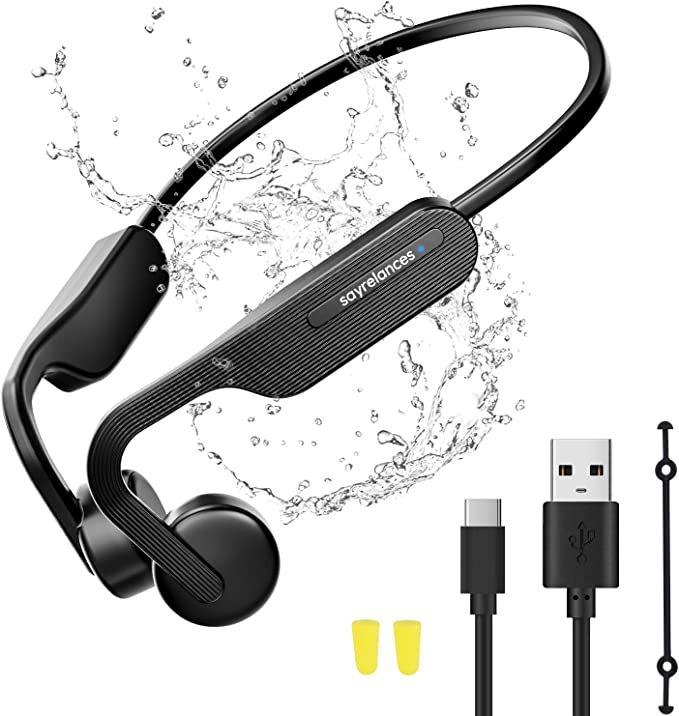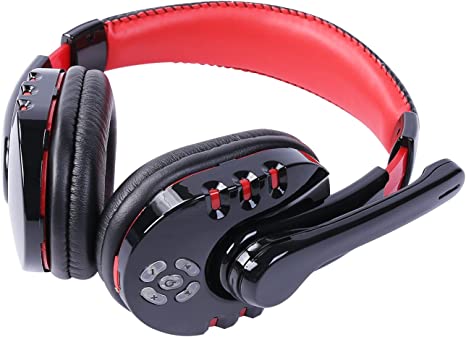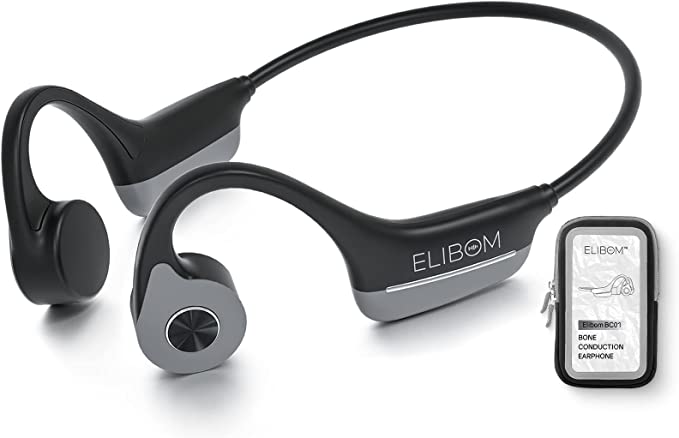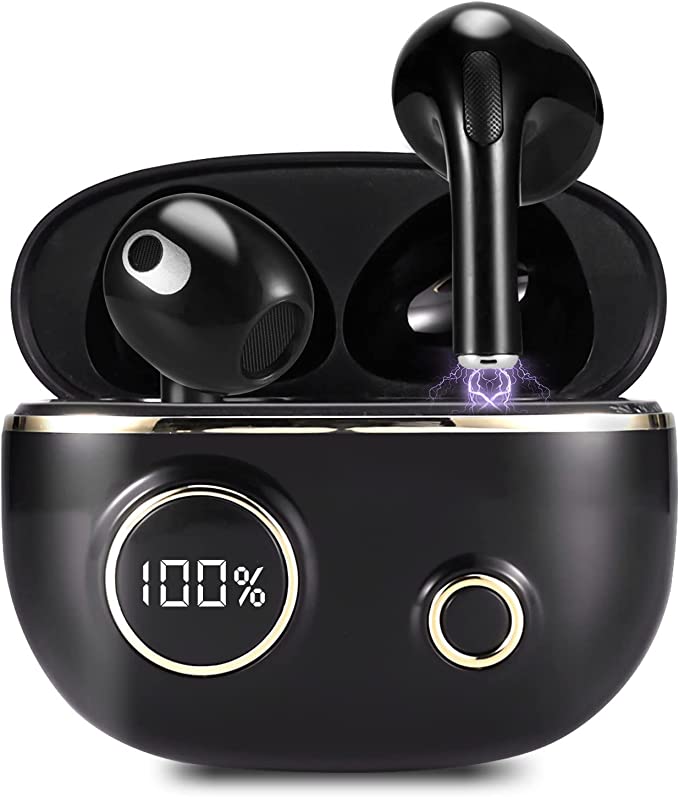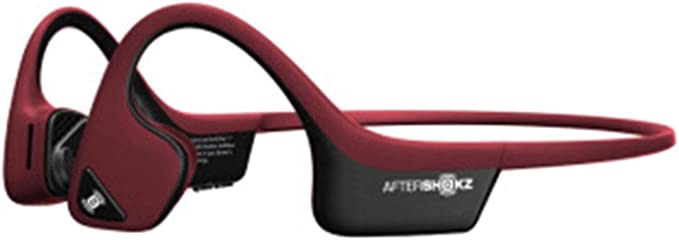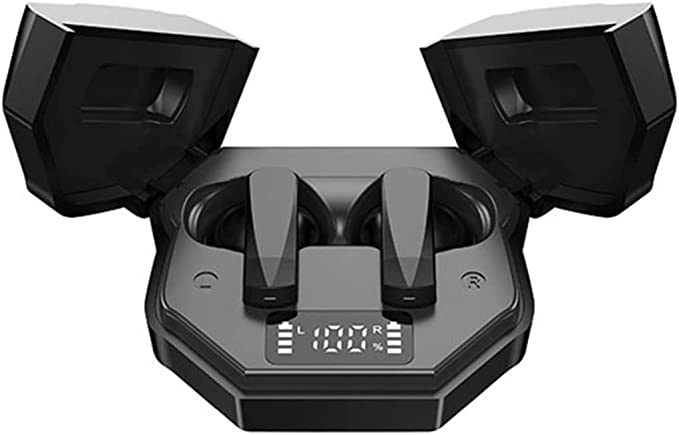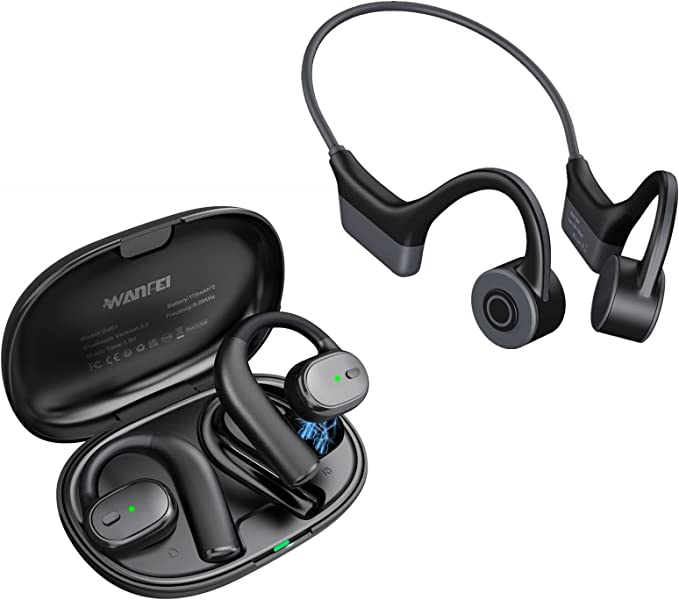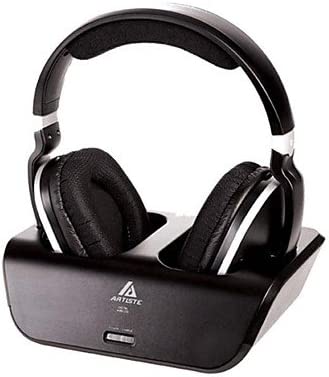Betron EMR90 Wireless Headphones: Deep Bass & Bluetooth Freedom
Update on March 20, 2025, 7:09 a.m.
I’ve always been fascinated by the way music can transport us. Whether it’s the soaring strings of a symphony or the driving beat of a pop song, sound has the power to evoke emotions, trigger memories, and enhance our daily lives. And for many of us, headphones are the key to unlocking that personal soundscape. The Betron EMR90 wireless headphones, a modern example of audio technology, offer a compelling blend of sound quality, comfort, and wireless convenience. But how do they work? Let’s delve into the science behind these headphones and explore what makes them tick.

A Journey Through Sound: A Brief History
The quest for personal audio has a surprisingly long history. It began with the bulky telephone receivers of the late 19th century, devices far removed from the sleek headphones we know today. Imagine trying to hold a heavy earpiece to your ear for an entire conversation! The early 20th century saw the development of more recognizable headphones, often used by radio operators and telephone switchboard attendants. These were still far from portable, often requiring a dedicated amplifier. The invention of the transistor in the mid-20th century revolutionized electronics, paving the way for smaller, more efficient headphones. The rise of portable music players, like the Walkman in the 1980s, truly cemented headphones as an essential part of everyday life. And now, with the advent of wireless technology, we’ve entered a new era of personal audio freedom.

The Physics of Sound: More Than Meets the Ear
Before we dive into the headphones themselves, let’s understand the fundamentals of sound. Sound is, at its core, vibration. When an object vibrates, it creates pressure waves that travel through the air (or other mediums, like water). These waves are characterized by their frequency and amplitude.
-
Frequency: This refers to the number of waves that pass a given point per second, measured in Hertz (Hz). Frequency determines the pitch of the sound. A low frequency (e.g., 20 Hz) corresponds to a deep bass rumble, while a high frequency (e.g., 20,000 Hz) is a high-pitched whistle. The average human can hear frequencies between approximately 20 Hz and 20,000 Hz, although this range can vary with age and exposure to loud noises.
-
Amplitude: This refers to the intensity or strength of the sound wave, which we perceive as loudness. Amplitude is measured in decibels (dB). A whisper might be around 20 dB, while a rock concert could reach 120 dB (which can be damaging to hearing).
Inside the EMR90: How Headphones Create Sound
Headphones, including the Betron EMR90, are essentially miniature loudspeakers. They use components called drivers to convert electrical signals from your phone, computer, or other device into sound waves. The EMR90 utilizes dynamic drivers, the most common type found in headphones.
Here’s how a dynamic driver works:
- Electrical Signal: An electrical audio signal, representing the music you want to hear, is sent to the headphones.
- Voice Coil: This signal flows through a coil of wire (the voice coil) that is attached to a diaphragm.
- Magnet: The voice coil is positioned within a magnetic field created by a permanent magnet.
- Electromagnetic Interaction: When the electrical signal passes through the voice coil, it creates a fluctuating magnetic field. This field interacts with the permanent magnet’s field, causing the voice coil (and the attached diaphragm) to vibrate.
- Diaphragm Movement: The diaphragm, a thin, flexible membrane, vibrates back and forth, pushing and pulling the air in front of it.
- Sound Waves: These vibrations create pressure waves in the air – sound waves – that travel to your ears.

The Betron EMR90 features 40mm dynamic drivers. This relatively large driver size is a key factor in its ability to produce a rich and powerful bass response. Larger drivers can move more air, resulting in stronger low-frequency vibrations.
Two other important specifications often mentioned in relation to headphones are impedance and sensitivity.
- Impedance: Measured in ohms (Ω), impedance is the resistance to the flow of electrical current. Headphones with lower impedance generally require less power to achieve a given volume.
- Sensitivity: Measured in decibels per milliwatt (dB/mW), sensitivity indicates how loud the headphones will be at a given power level. Higher sensitivity means the headphones will be louder.
While the exact impedance and sensitivity figures for the EMR90 aren’t provided in the available data, the 40mm drivers and design suggest they are optimized for use with portable devices without requiring a separate headphone amplifier.

Cutting the Cord: The Freedom of Bluetooth
The “wireless” in Betron EMR90 Wireless Headphones refers to its use of Bluetooth technology. Bluetooth is a short-range wireless communication standard that allows devices to connect and exchange data without cables. In the case of headphones, Bluetooth transmits audio signals from your source device (like your smartphone) to the headphones.
Here’s a simplified explanation of how Bluetooth works:
- Pairing: When you put your headphones into “pairing mode,” they broadcast a signal that nearby Bluetooth-enabled devices can detect. You select the headphones on your device, and a secure connection is established.
- Data Transmission: Audio data is converted into a digital format and compressed using a codec. The Betron EMR90 likely uses the standard Bluetooth codec, SBC (Subband Coding). SBC is a widely compatible codec that offers decent audio quality while prioritizing low power consumption.
- Reception and Decoding: The headphones receive the compressed audio data, decode it, and convert it back into an analog electrical signal, which is then sent to the drivers to produce sound.
The Betron EMR90 boasts a Bluetooth range of up to 10 meters. This means you can move around freely within that range without losing your connection. However, obstacles like walls and interference from other devices can affect the range.
Designed for Comfort: The Ergonomics of the EMR90
Headphones can have the best sound quality in the world, but if they’re uncomfortable, you won’t want to wear them. The Betron EMR90 is an over-ear headphone, meaning the earcups completely surround your ears. This design offers several advantages over on-ear headphones (which rest on your ears) and in-ear headphones (which fit inside your ear canal):
- Pressure Distribution: Over-ear headphones distribute pressure around your ears, rather than directly on them, which can be more comfortable for extended listening sessions.
- Sound Isolation: The earcups create a seal around your ears, helping to block out external noise (more on this in the next section).
The EMR90’s earcups are made from protein leather. This is a synthetic material designed to mimic the look and feel of real leather, but it’s typically more affordable and easier to maintain. Protein leather is known for its softness and breathability, which contributes to long-term comfort.
The foldable design of the EMR90 is another key feature. This makes the headphones more compact and portable, allowing you to easily store them in a bag or backpack when you’re not using them.

Hearing the World (or Not): Noise Isolation Explained
The Betron EMR90 provides passive noise isolation. It’s important to distinguish this from active noise cancellation (ANC).
- Active Noise Cancellation (ANC): ANC uses microphones and electronic circuitry to actively cancel out external noise. The microphones pick up ambient sounds, and the circuitry generates an “anti-noise” signal that is played through the headphones, effectively neutralizing the unwanted noise.
- Passive Noise Isolation: Passive isolation relies on the physical design of the headphones to block out noise. The earcups of the EMR90, with their snug fit and protein leather material, create a seal around your ears, physically blocking a significant amount of ambient sound. While passive isolation isn’t as effective as ANC at eliminating low-frequency rumbles (like the drone of an airplane engine), it’s still quite effective at reducing higher-frequency sounds (like chatter or keyboard clicks). This allows you to enjoy your music at a lower volume, which is better for your hearing health. It creates a quieter, more immersive listening experience without the need for complex electronics or additional battery drain.
Powering Your Soundtrack: Battery and Connectivity
The Betron EMR90’s wireless freedom is powered by a built-in rechargeable lithium-ion battery. This battery provides up to 12 hours of music playback on a single charge, a substantial amount of time for most daily activities. Whether you’re commuting, studying, working, or exercising, you can likely get through your day without needing to recharge. The 2-hour charging time, via the Micro-USB port, means you can quickly replenish the battery when needed.
It’s worth noting that some user reviews mentioned not receiving a charging cable, despite it being listed as an included accessory. While this is likely an occasional oversight, it’s something to be aware of. Fortunately, Micro-USB cables are very common, so you likely already have one.
Beyond wireless connectivity, the EMR90 also offers a wired connection option via the included 3.5mm auxiliary cable. This is a valuable feature for several reasons:
- Battery Depletion: If your battery runs out, you can still use the headphones by connecting them directly to your device.
- Device Compatibility: Some older devices, or devices without Bluetooth capabilities, can still be used with the EMR90 via the wired connection.
- No Latency: While Bluetooth is generally excellent for audio, there can be a slight delay (latency) between the audio source and the headphones. This is usually unnoticeable for music listening, but it can be an issue for gaming or watching videos where precise audio synchronization is important. A wired connection eliminates this latency.
The built in microphone, and the on-ear controls, provides additional flexibility. You are able to adjust your music, and take calls without touching your devices.
The EMR90 in Action: Real-World Scenarios
Let’s consider how the Betron EMR90 might fit into various everyday situations:
- Commuting: Imagine you’re on a crowded bus or train. The EMR90’s passive noise isolation helps to block out the surrounding chatter, allowing you to focus on your music or podcast. The wireless connection frees you from tangled wires, and the long battery life ensures you’ll have power for your entire journey.
- Studying: In a library or coffee shop, the EMR90’s comfortable over-ear design allows for hours of focused listening without discomfort. The ability to block out distractions helps you concentrate on your work.
- Working Out: While the EMR90 isn’t specifically designed for intense workouts (it’s not sweatproof), its secure fit and wireless convenience make it a suitable option for moderate exercise. The closed-back design also provides some protection from sweat.
- Relaxing at Home: Whether you’re listening to music, watching a movie, or playing a game, the EMR90’s comfortable design and immersive sound quality enhance your relaxation time.
The Future of Sound:
The world of headphone technology is constantly evolving. We can expect to see continued improvements in wireless audio quality, with new codecs offering higher bitrates and lower latency. Active noise cancellation is becoming increasingly sophisticated and affordable. We’re also seeing a growing interest in personalized audio, where headphones adapt to the individual’s hearing profile. Sustainability is also becoming a key concern, with manufacturers exploring the use of recycled and bio-based materials. Features like spatial audio, which creates a more immersive and three-dimensional soundstage, are also gaining traction.
Conclusion
The Betron EMR90 wireless headphones represent a compelling blend of established audio technology and modern convenience. They offer a tangible example of how scientific principles – from the physics of sound waves to the intricacies of Bluetooth communication – are applied to create a product that enhances our daily lives. While they may not boast the most cutting-edge features, their combination of comfortable design, good sound quality (with an emphasis on bass), wireless freedom, long battery life, and affordable price point makes them a solid choice for anyone seeking a reliable and enjoyable listening experience. They are a testament to how far personal audio has come, and a reminder that the simple act of listening to music can be a deeply enriching experience. Perhaps it’s time to explore your own soundscape with the Betron EMR90.
